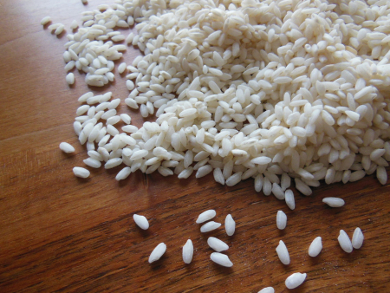Arsenic can have both acute and chronic toxic effects when ingested, and can be carcinogenic upon long-term exposure. Major sources of the particularly harmful inorganic arsenic species are contaminated drinking water, especially in rural areas of Asia, but also rice, which has a high arsenic uptake and is a staple food in many countries.
Yatao Huang, Min Wang, Xuefei Mao, and colleagues, Ministry of Agriculture, Beijing, China, have studied both the total and the inorganic arsenic content of over 1600 rice samples collected from 11 different Chinese provinces. The team then assessed the associated health risks using probabilistic studies.
The mean levels of total and inorganic As were 166.5 and 90.9 µg/kg, respectively. Roughly one percent of the samples exceeded the maximum Arsenic content established by Chinese law. The team’s analysis found no significant chronic noncarcinogenic risk to the population that consumes this rice. However, it points to an increased risk of cancer, such as lung cancer, in the major rice-consuming countries.
According to the researchers, this risk could be reduced by changing to other grains, removing the outer layer of the rice grain, or washing the rice properly before cooking.
- Concentrations of Inorganic Arsenic in Milled Rice from China and Associated Dietary Exposure Assessment,
Yatao Huang, Min Wang, Xuefei Mao, Yongzhong Qian, Tianjin Chen, Ying Zhang,
J. Agric. Food Chem. 2015.
DOI: 10.1021/acs.jafc.5b04164
Also of Interest
- Arsenic Contamination in Rice,
Melania Tesio,
ChemistryViews.org 2013.
Arsenic contamination in rice is a severe health issue as it causes elevated genetic damage - Arsenic in Rice,
ChemistryViews.org 2013.
Global pattern in rice As speciation, the factors causing the variation, and origin and transport mechanisms of methylated As


